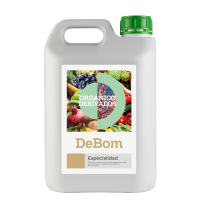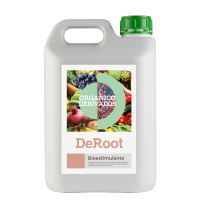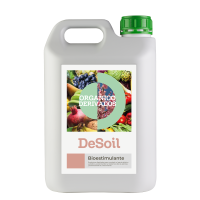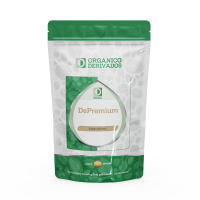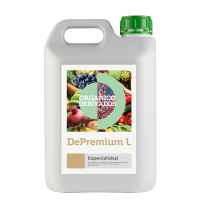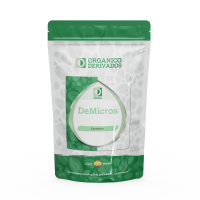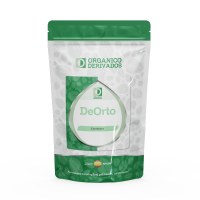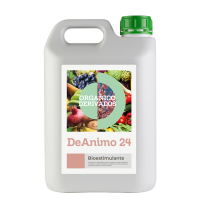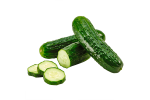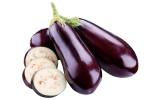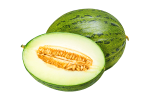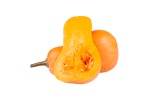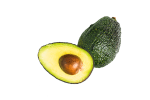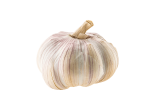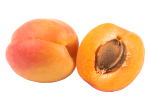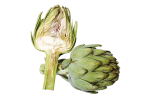
Pepper
Get informed about the properties and requirements of peppers, and we will guide you to the best formulations to optimize your horticultural cultivation.
Get to know the pepper to achieve excellent results in your crops.
The pepper is also known by other common names such as bell pepper, sweet pepper, red pepper, or in some countries, paprika, but its scientific or Latin name is Capsicum annuum.
It is an annual vegetable with deep roots, slightly woody erect stems, and petiolate leaves with a pronounced apex. The flowers are solitary, whitish, and undergo self-pollination. The fruit is a semi-cartilaginous, hollow berry with a color closely associated with the plant's ripening stage.
In Spain, the cultivation of sweet peppers covers approximately 20,000 hectares, with 45% of them being grown in greenhouses or under mulching. They yield around 1,200,000 tons of production, and almost half of it is dedicated to export. The provinces of Almería and Murcia are the two major producers of sweet peppers in Spain.
There are multiple varieties of peppers that are grouped into different cultivars based on the shape and color of their fruits. In Spain, the sweet varieties with triangular-shaped fruits, such as the sweet italian pepper, Najerano, Abdera F1... If we group them by colors, we have cultivars with yellow fruits, orange fruits, purple ripening fruits, among others.
Soil characteristics
Pepper needs well-drained and deep soils, rich in nutrients, with an organic matter content of 3% and of loam-clayey type.. It is a crop that can tolerates soil acidity and alkalinity. It does not tolerate soil waterlogging.
- Deep soils
- Rich soils
- Excessively acidic soils.
- Excessively alkaline soils.
- Waterlogged soils
Climate needs
For balanced growth and optimal yield of this thermophilic plant, high temperatures between 25-30ºC are required. Low temperature levels below 15ºC can lead to issues with fruit set and deformation.
- Optimal growth 25-30 ºC
- Minimum 15 ºC
Irrigation
Water requirements are high, especially during the vegetative growth phase and at the beginning of fruit ripening. It is important to ensure that the crop is well irrigated. If the production is intended for industrial processing, water can be limited during the early stages of ripening to promote more clustered ripening and increase the content of extra material.
- High
TOP recommended formulations for most crops
You may also be interested in…
We can assist you!
If you wish to contact us for more informationinformation about our products, If you want to become our distributor, make a
